Tu
The segregated 99th Pursuit Squadron was established in January of 1941 and was the first opportunity for African Americans to serve in the field of aviation in the military. There were four other segregated units in the Army for African Americans but they were primarily assigned to menial assignments.
Approximately 1,000 pilots from all of the U.S. were trained here (the only facility in the country to permit African Americans). Another 17,000 African Americans served in support roles to the airmen (mechanics, communications and electrical systems specialists, armament specialists, medical technicians cooks, administrative clerks, parachute riggers, air traffic controllers, flight instructors, bombardiers, navigators, and others. All were known as Tuskegee Airmen. Of the first class of 13 cadets in flight training, 5 survived the rigorous, intensive training to earn their wings in March, 1942. Four of them earned their commissions as 2nd lieutenants.
With the success of the 99th Squadron, the AAC formed two more segregated units (332nd Fighter Group and the 477th Bombardment Group). They were deployed to North Africa and Italy.
We took a walking tour of the area and the two hangers.
Flammable Storage Shed and ghost structure of the Physical Plant. The shed was used to store fire-fighting equipment. The building was used for the office of the chief engineer of the site and was used for storage of special equipment and parts for climate, water and electrical systems.
Bath and Locker House was not completed until 1944 proving much improved facilities for the men and women serving at Moton Field.
Hangar 1 was built in 1914 and was the center of operations. On the perimeter of the open area in the hanger were briefing rooms, administrative offices, and maintenance shops.
Aircraft used to train the fighter pilots.
One of the training rooms where cadets learned how to identify aircraft, battleships, and military uniforms of the enemy.
The Tea Room was a place to grab a bite to eat while at the airfield. The Tuskegee cadets ate most of their meals at Tuskegee Institute.
Ghost structures of the Army Supply Building and Cadet House (used for training).
Hangar 2 was built to support the expanding operation at Moton Field. It was used for the parachute packing operation.
This is a reproduction of Robert F. Williams P-51D Mustang he named the Duchess Arlene (Arlene was his sweetheart) of the 301st Fighter Squadron. Note that pilot victories were also painted on the aircraft as shown in the photo. The aircraft of the African American pilots became known as the "Redtails" as only their fighters were painted this way.
Some combat information.
There were many great leaders that started their careers with the Tuskegee Airmen. One of them was General James, the first African American 4-star general.
Control Tower dispatchers used loudspeakers to control flights and a system of light signals. The tower was also used as a drying tower for parachutes.
Moton Field airstrips were not paved until 1970.
The brave men and women who served here at Moton Field and fought in the Atlantic Theatre during World War II made extraordinary contributions to the Allied victory. I left here angered with the way in which African Americans were treated by our society in the 1940s, but also I felt a tremendous sense of pride for the amazing courage of the individuals who fought for the country that betrayed them in so many ways. I think this sums up the contribution of the Tuskegee Airmen. They excelled in all areas when put to the test of combat.
Website: www.nps.gov/tuin
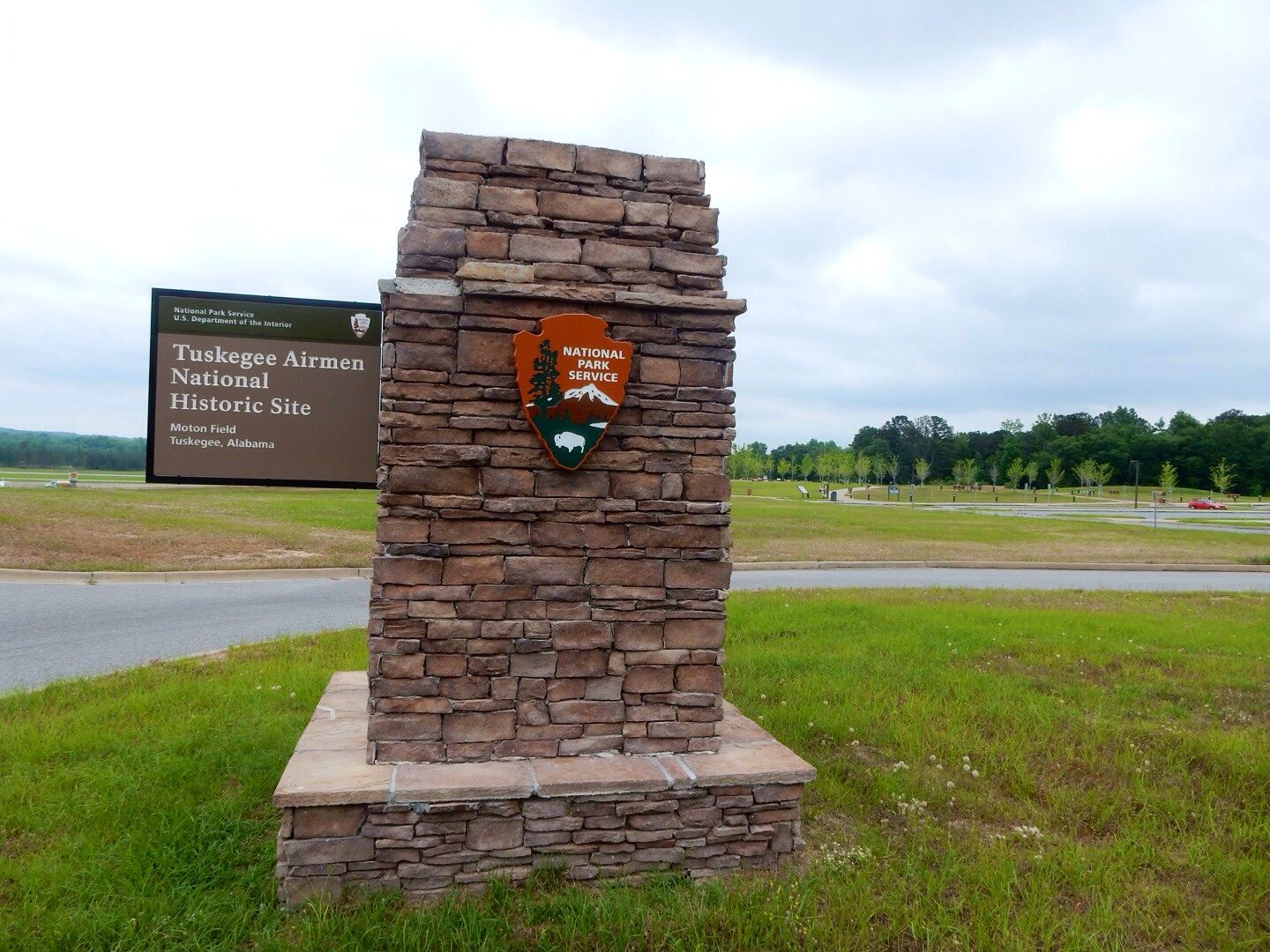



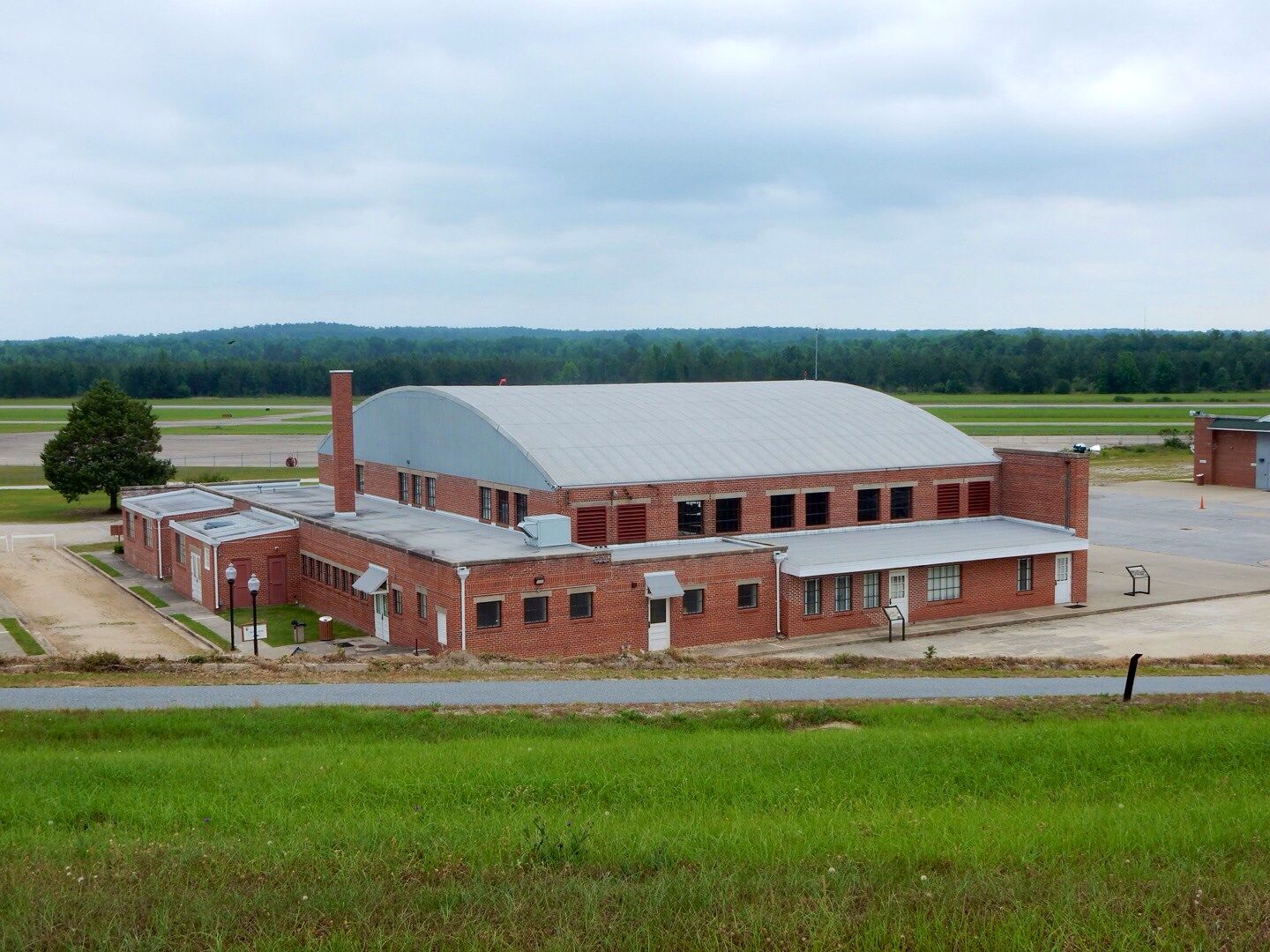
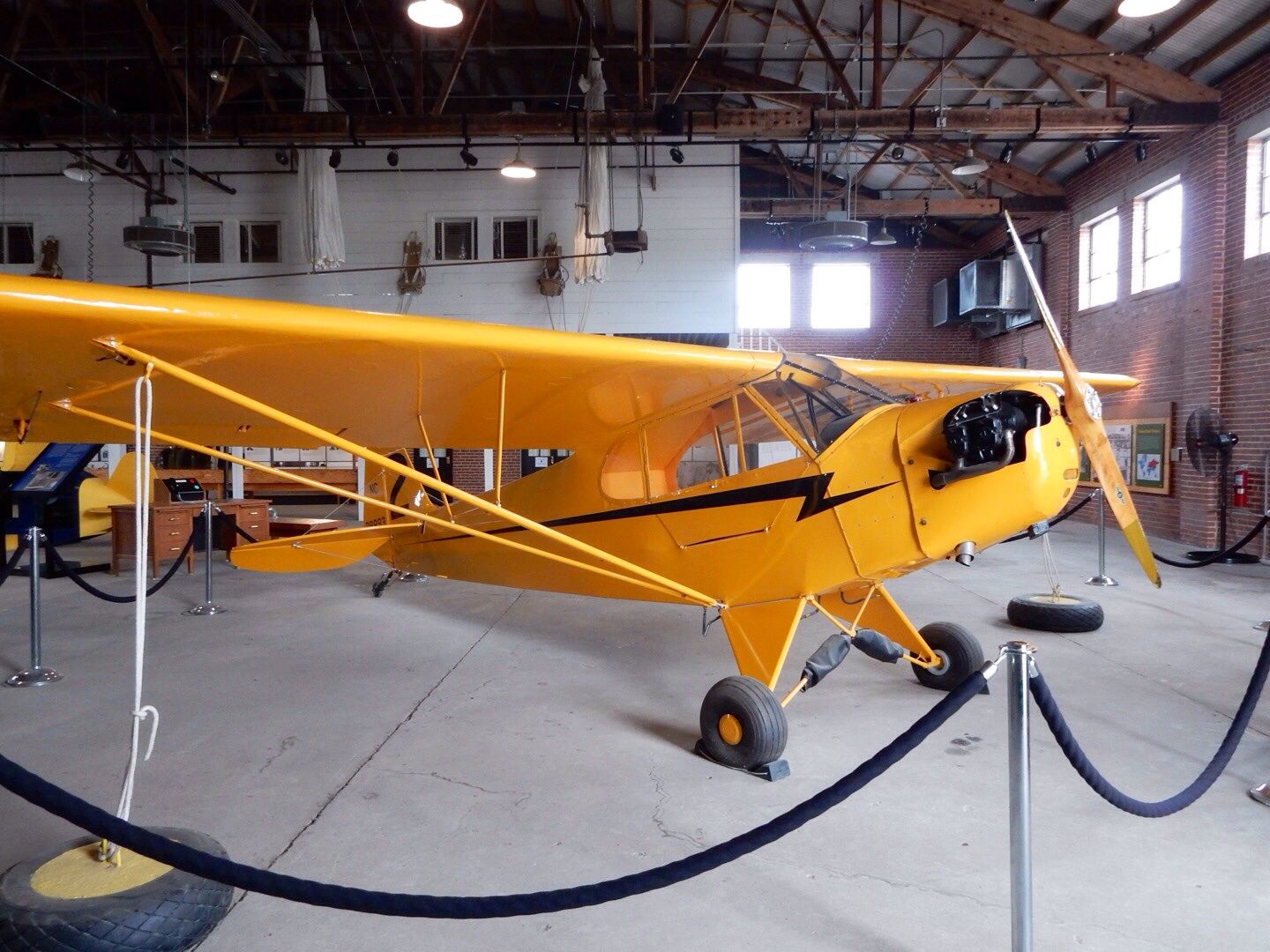
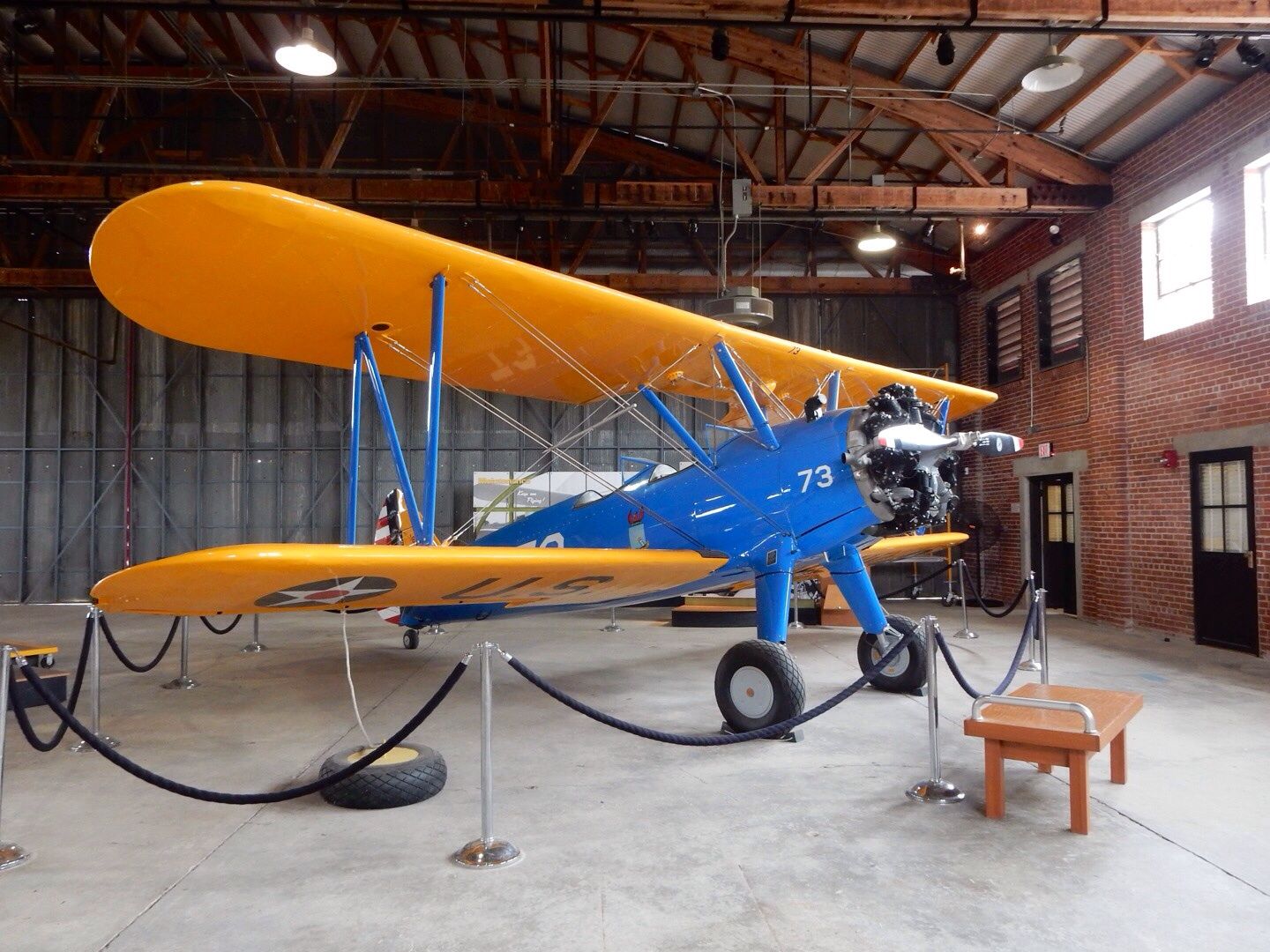

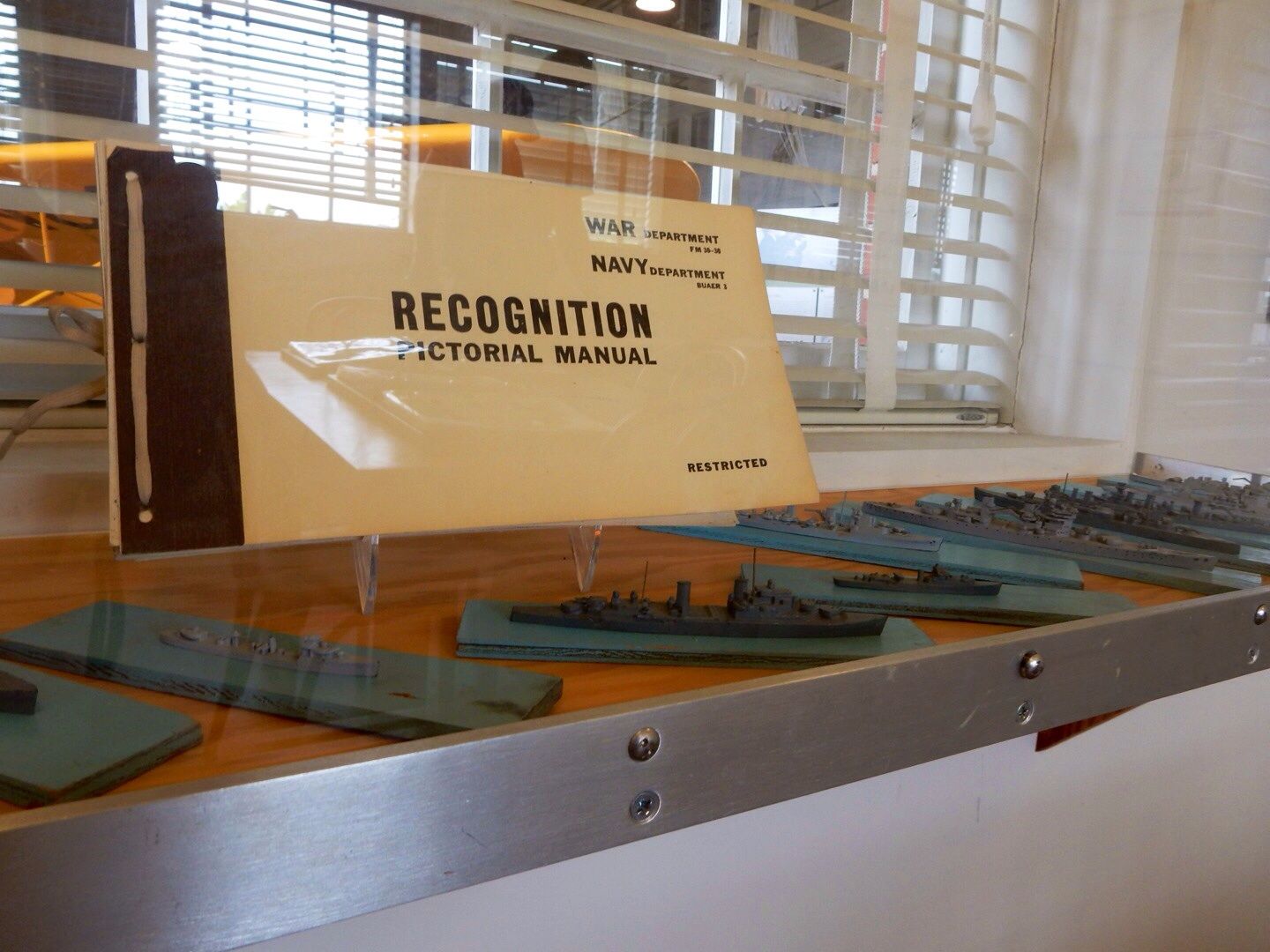
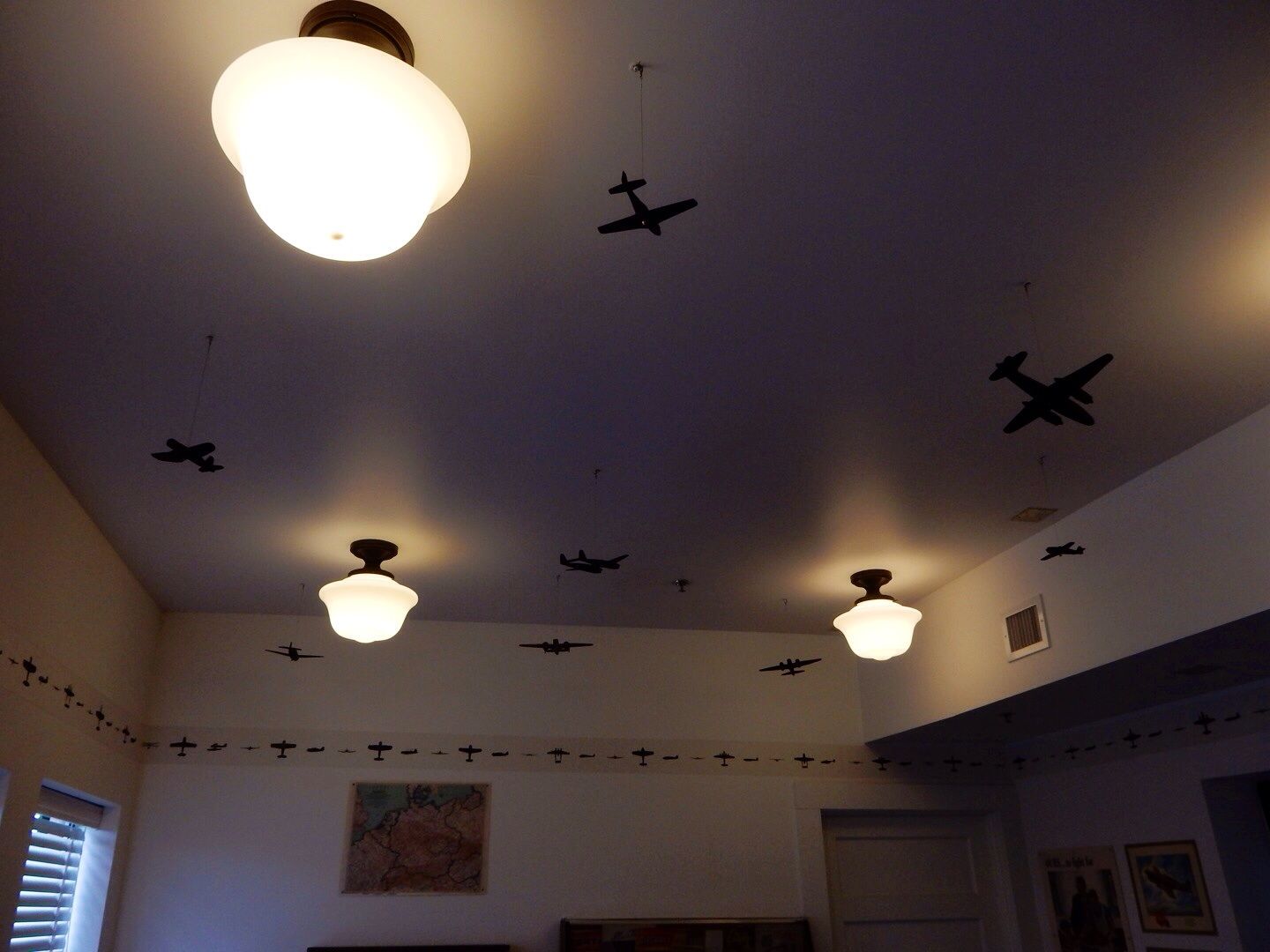
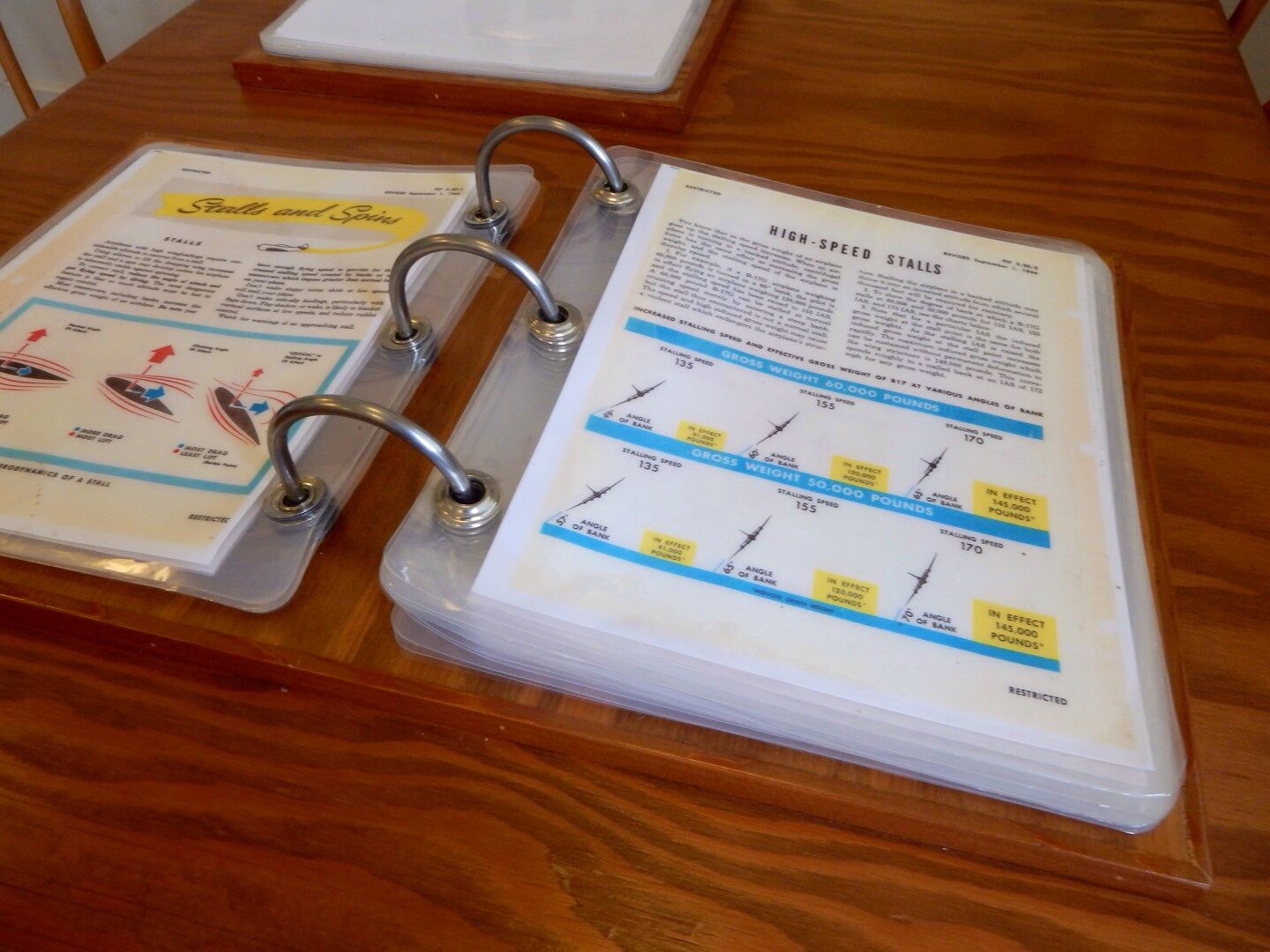
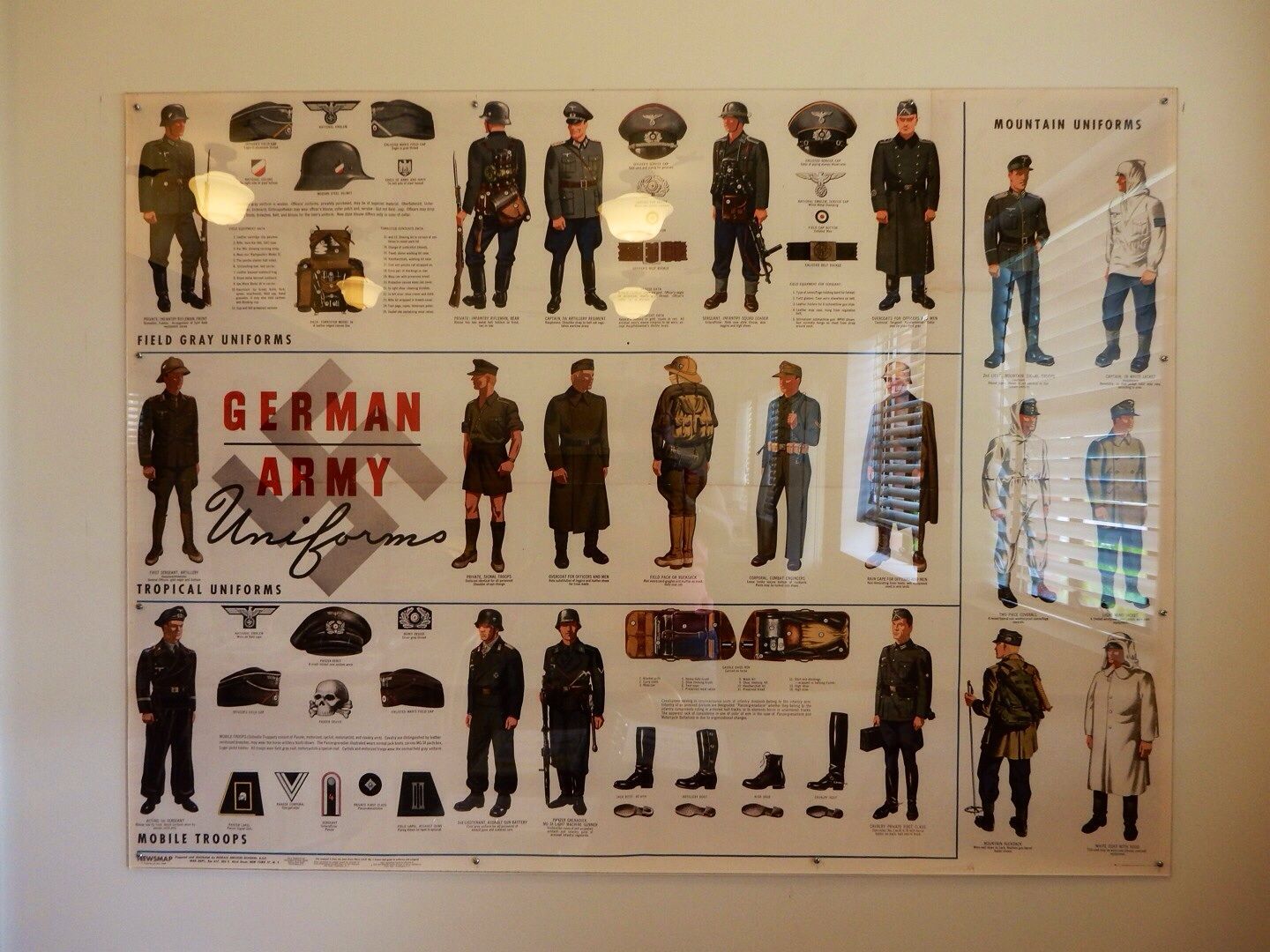

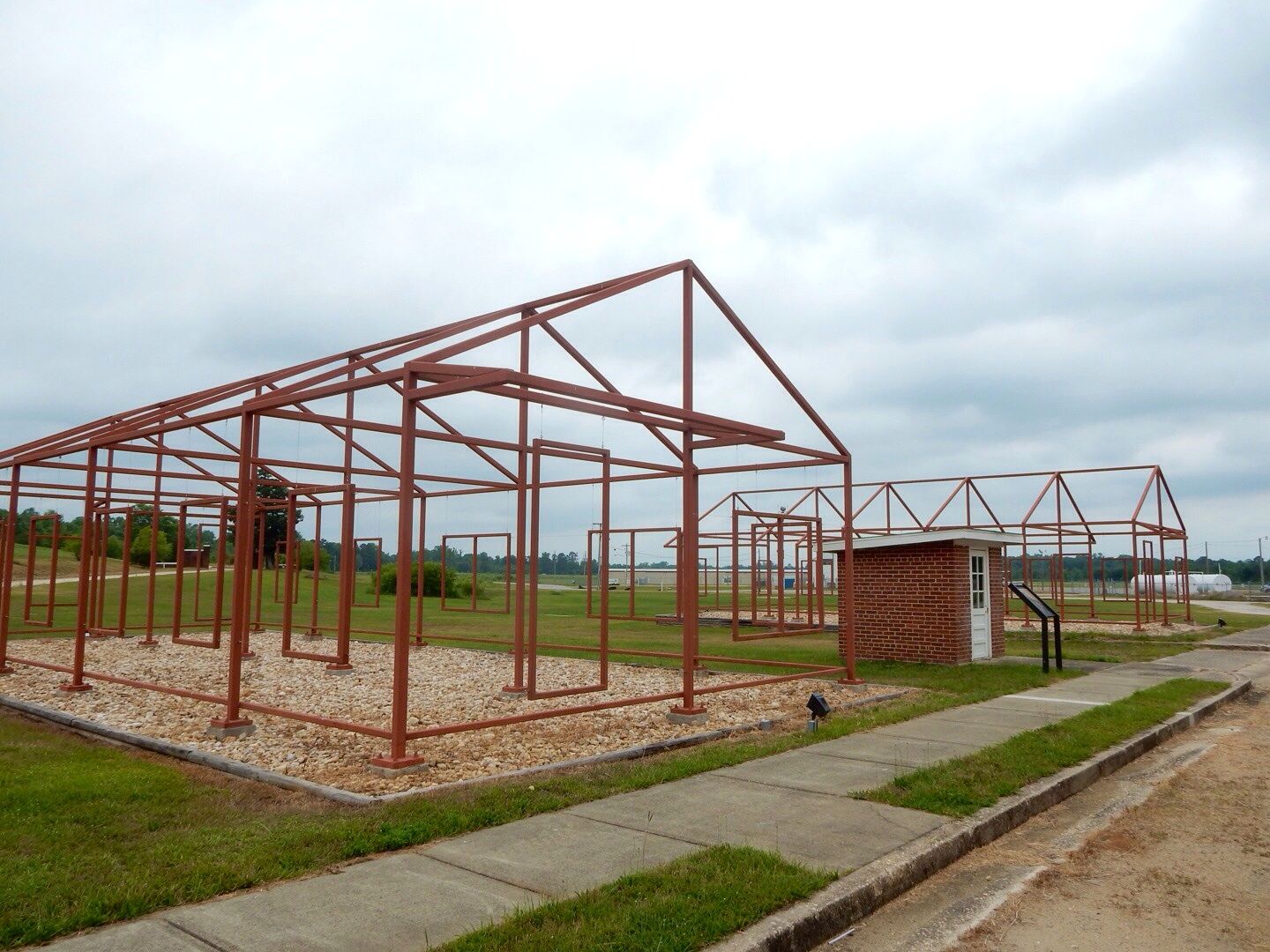
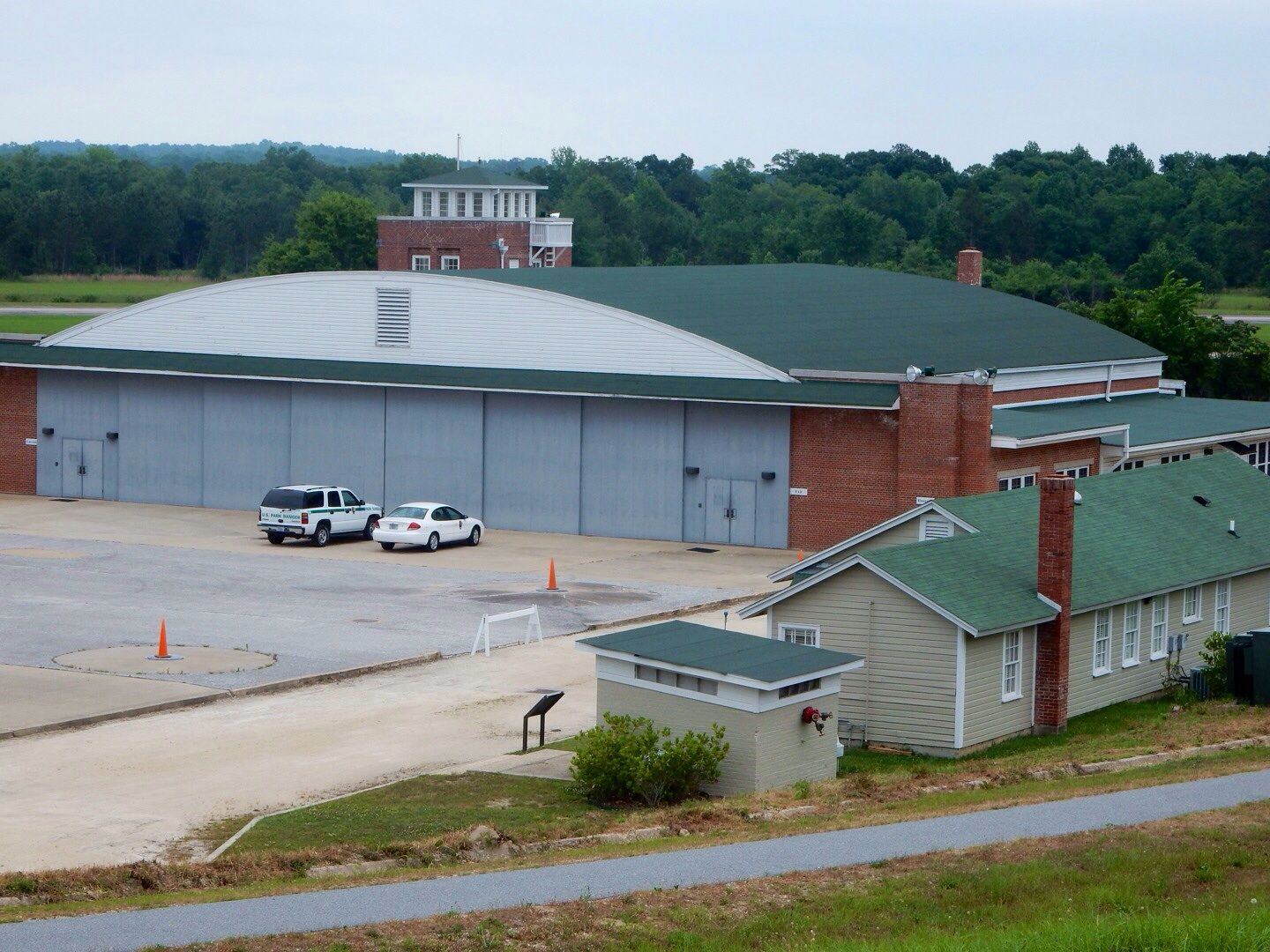

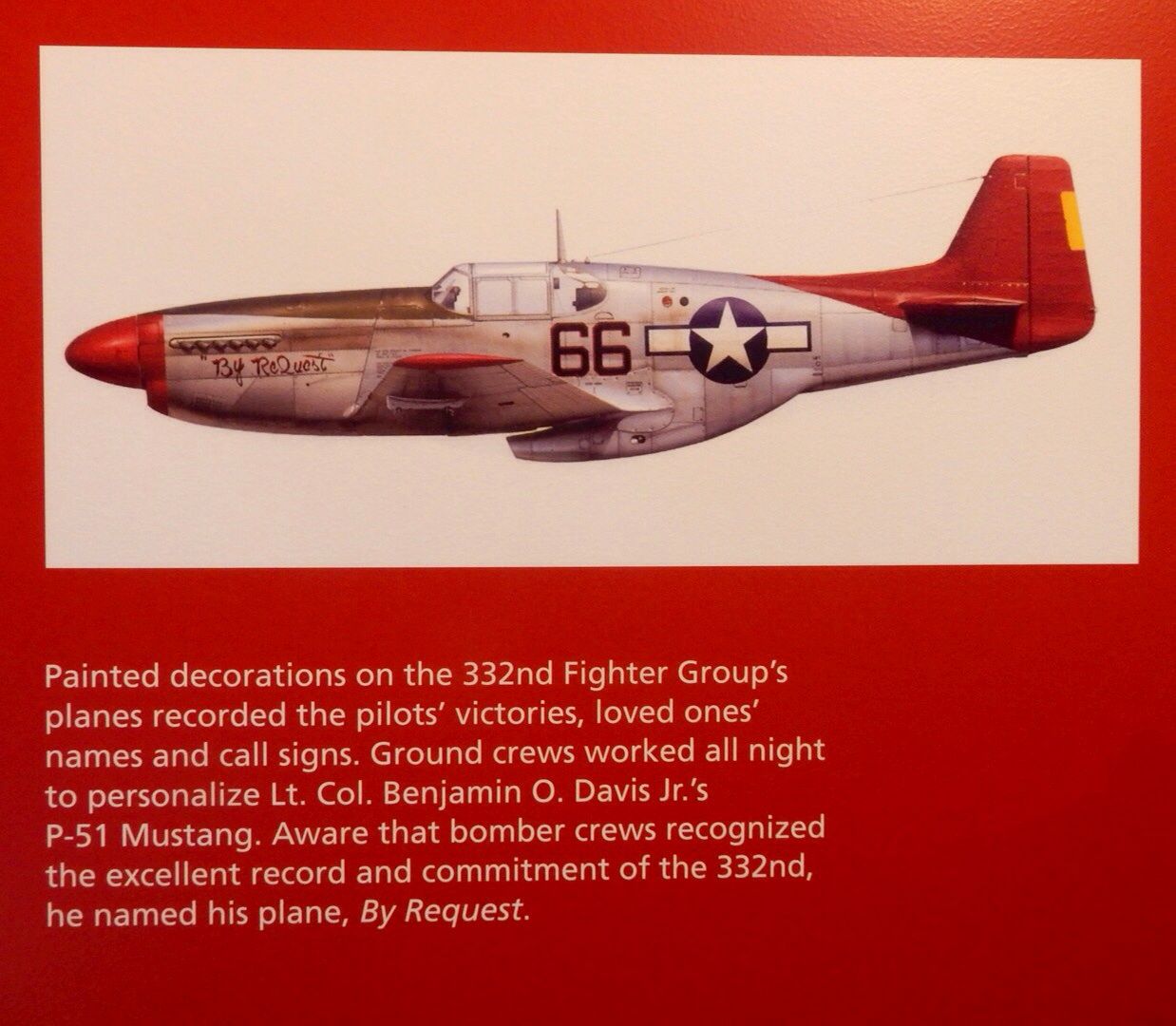

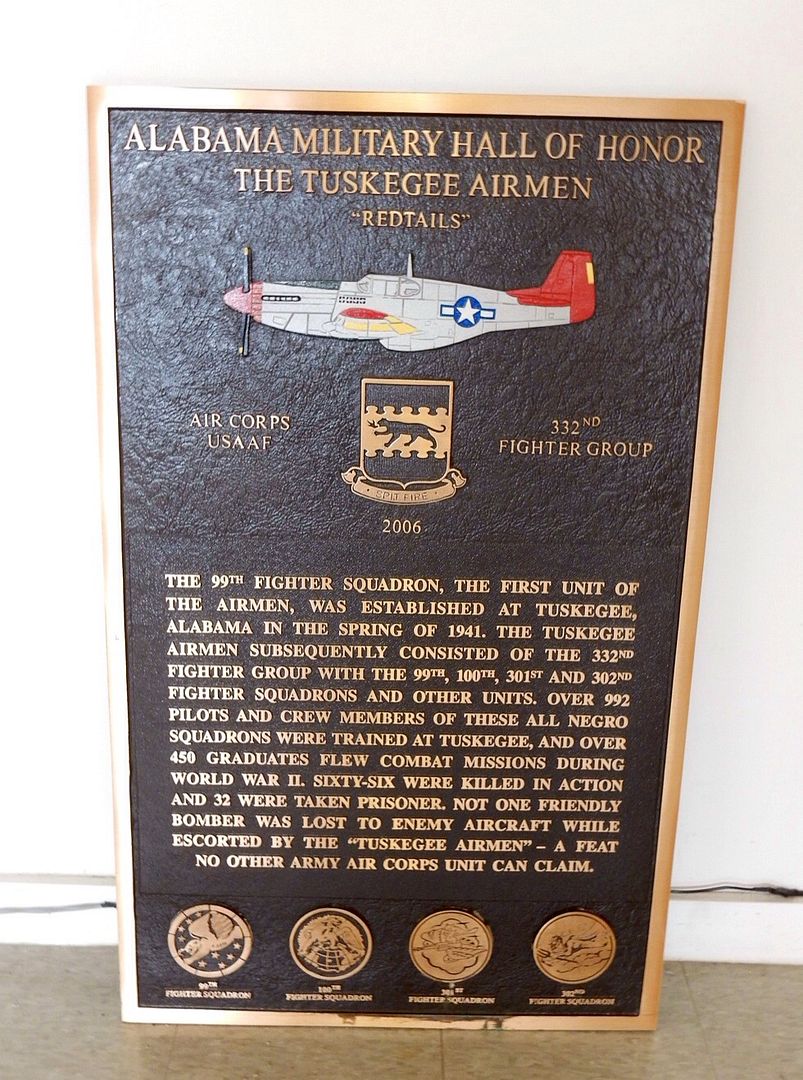

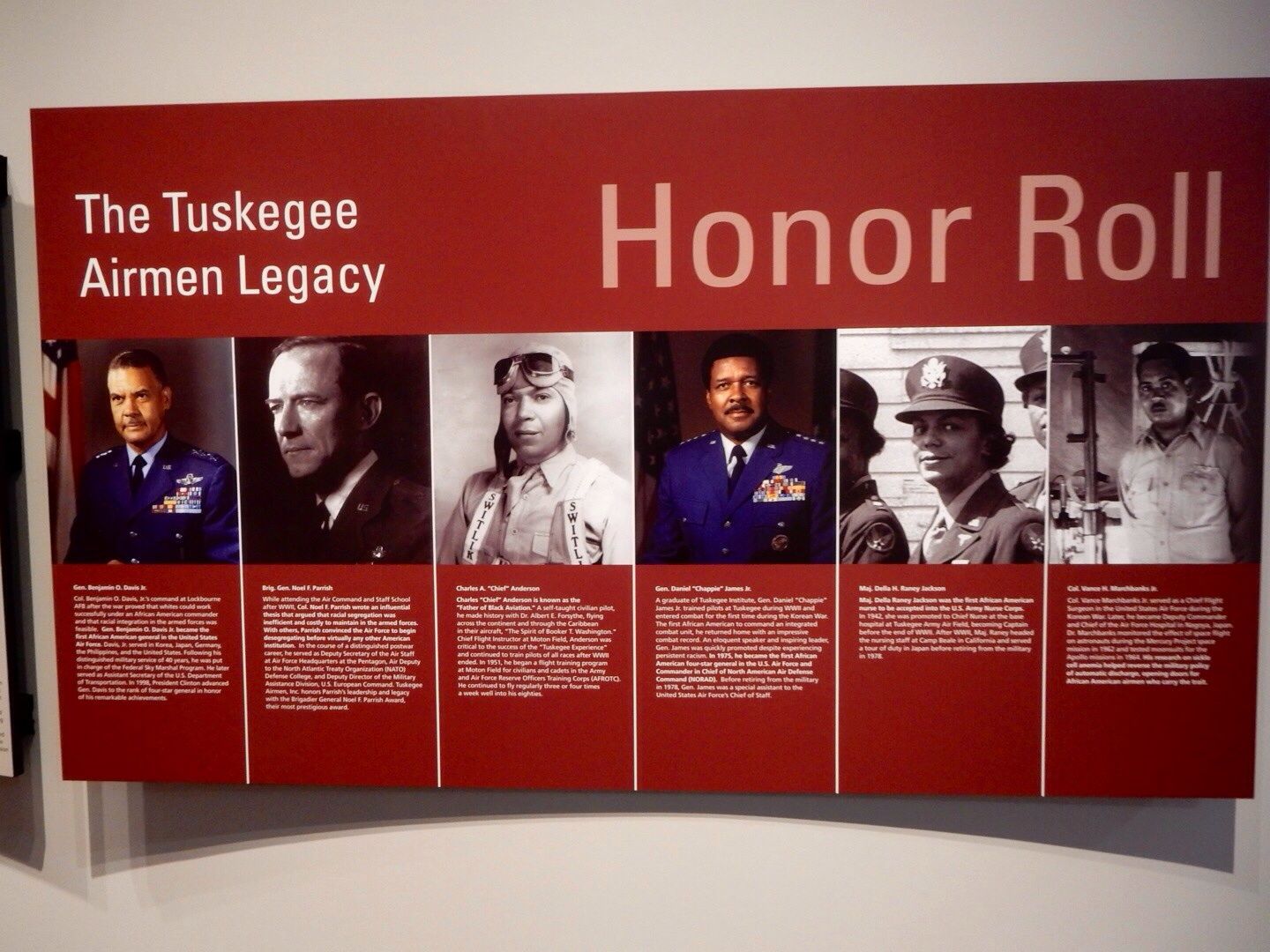
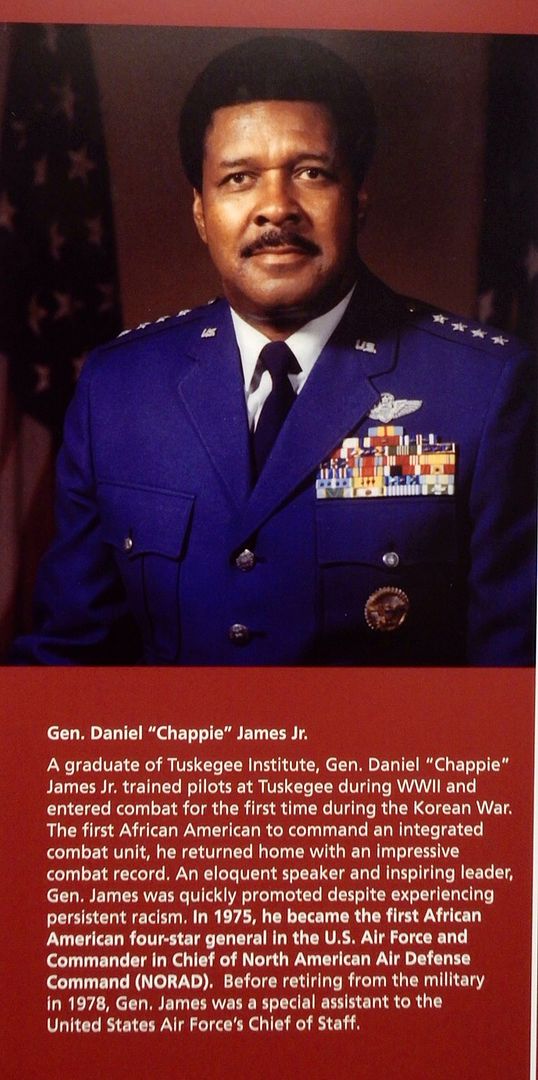

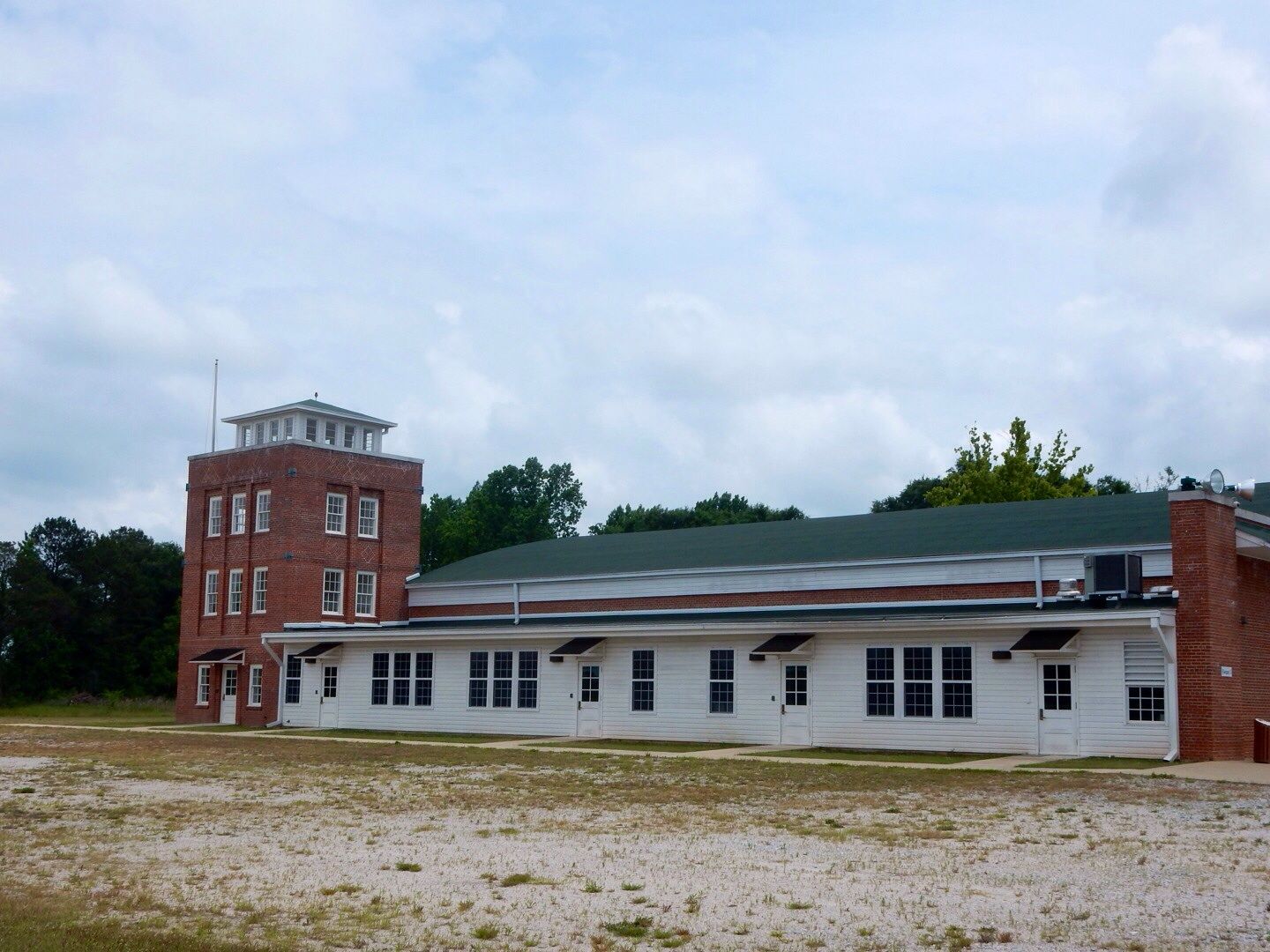
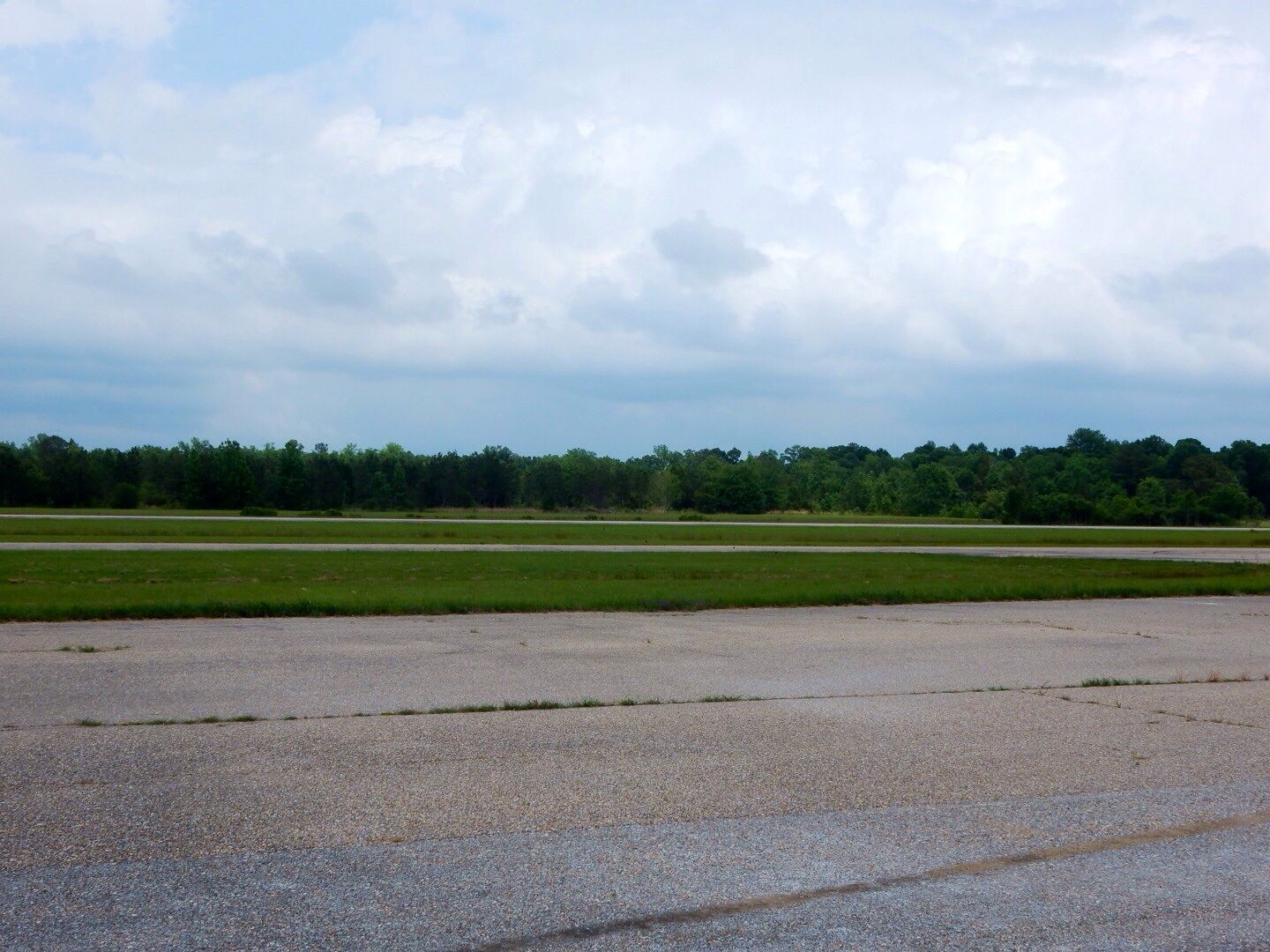
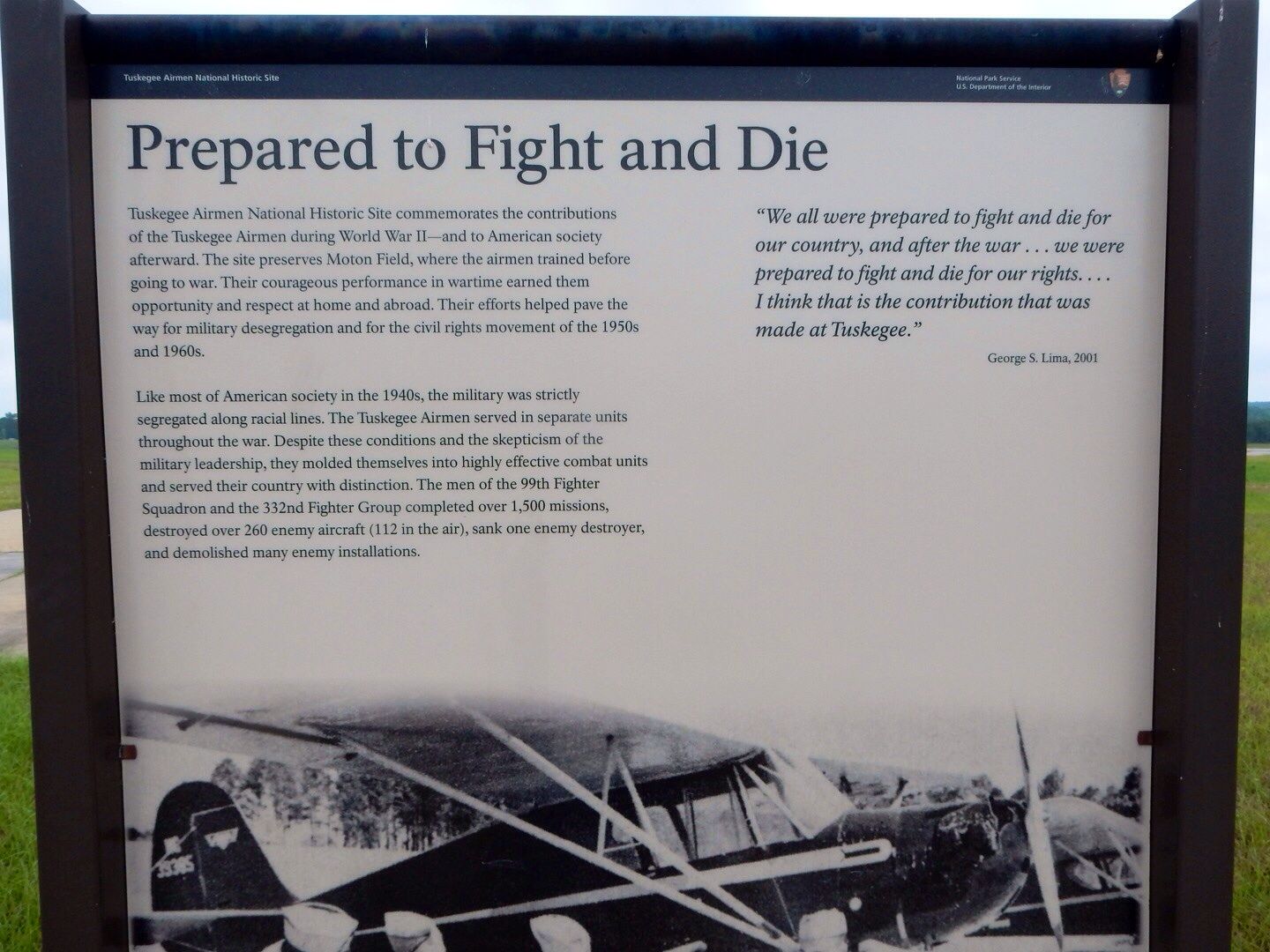
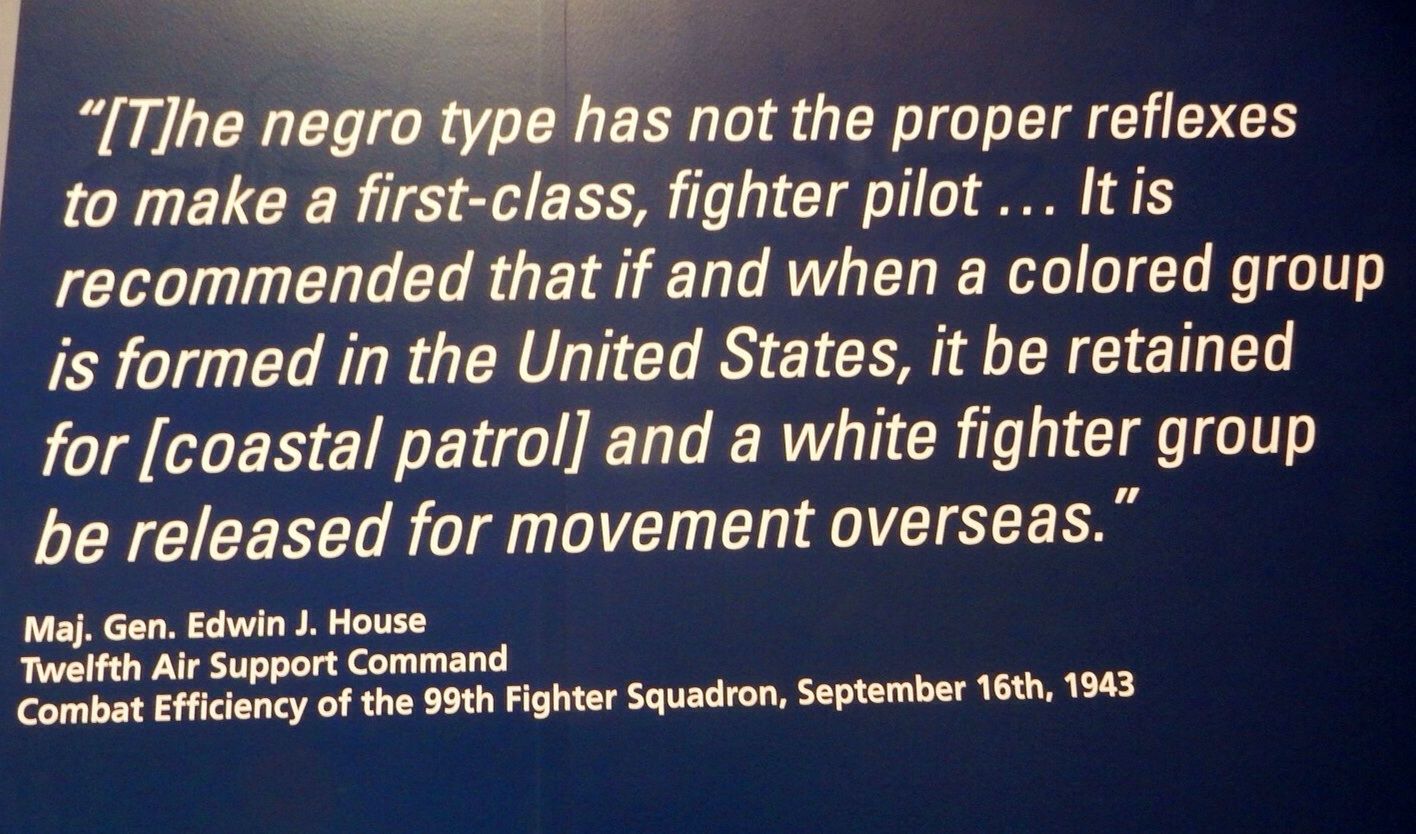
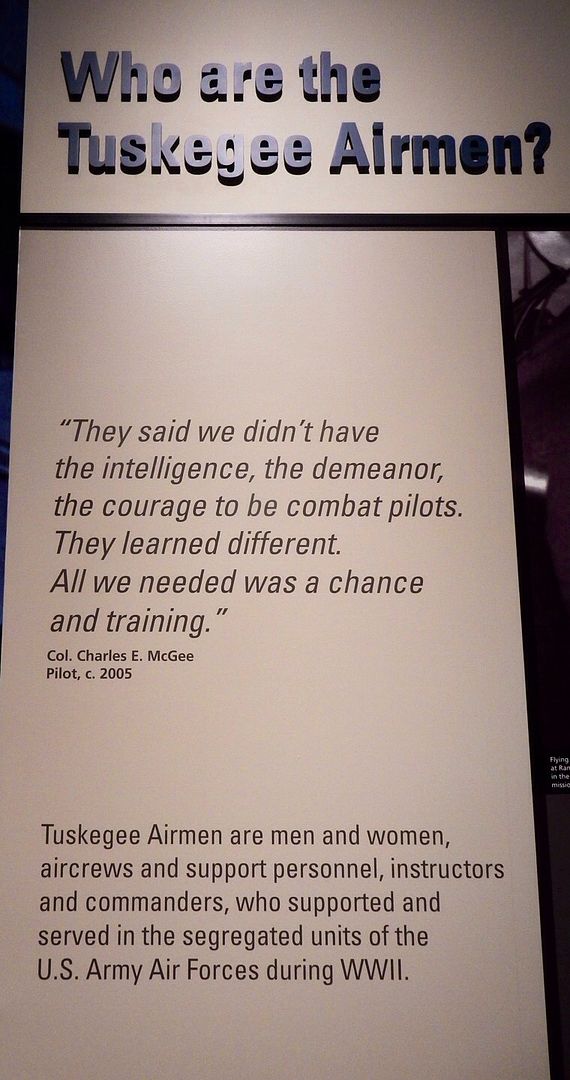
No comments:
Post a Comment